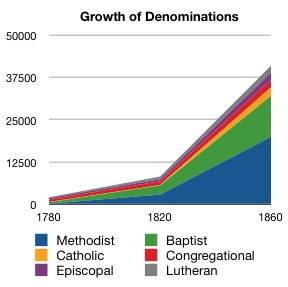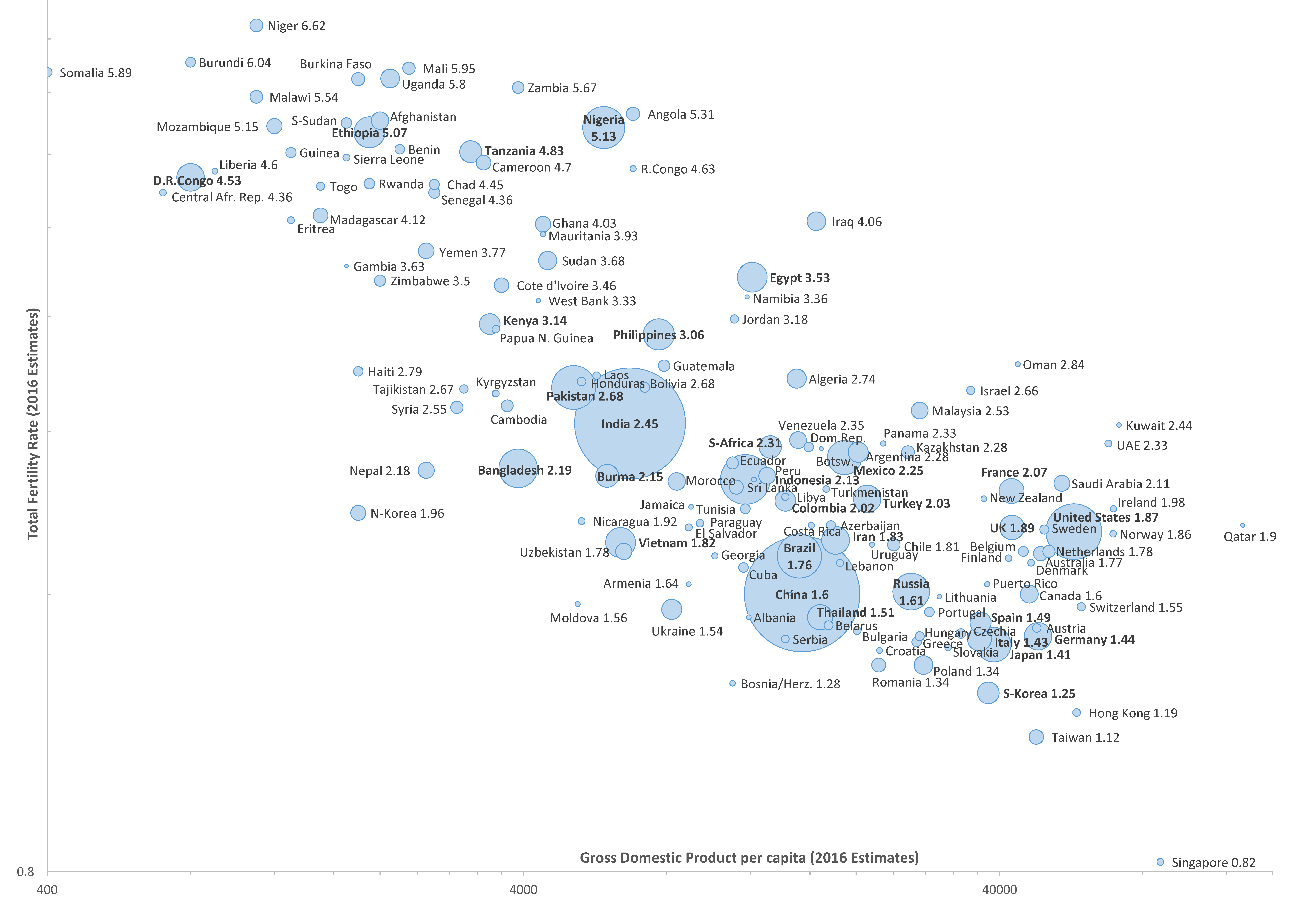From some reason, my original post on this subject (Demographics of Russia | Mystics & Statistics (dupuyinstitute.org)) is the second most popular demographic post on this blog based upon the number of hits (although not as popular as this post: Demographics of China | Mystics & Statistics (dupuyinstitute.org). I suspect that is because the Russian post drew in a number of new readers, who keep using this particular post as their daily entry point to blog. I suspect some are Russian readers.
My concluding paragraph in that post was:
So, during the height of the “we will bury you” era the Soviet Union had a population of about 20% larger than the U.S. Russia now has a population less than half the U.S. (and a GDP of less than Canada). It appears that their population will not be growing very fast and may well continue to decline.
Bloomberg just published a related article that is worth noting: Putin’s War Escalation Is Hastening Demographic Crash for Russia (yahoo.com). The article does point out that population is down to 145.1 million as of August (from 146.9 in 2018 according to my post). It does provide two nice charts are the beginning of the article looking at births and mortality and then the fertility rate (which they are showing at 1.5).
Added to that discussion, over 500,000 young Russians have emigrated from Russian for job reasons (i.e. to keep their jobs/careeers with western firms) since the start of the war, and over 500,000 young Russians have emigrated in the last month to dodge the draft. Those latest group of emigrees may return when the draft ends or the war is over, but regardless, it does appear that Russia is taking at least 0.5 million permanent demographics hit this year in addition to overall decline that has been going on since 2018. It appears that demographic drop will continue. The problem is the long-term economic damage done by declining populations, smaller labor forces, and the costs of a less-productive aging population. Japan is a good warning of what happens with this trend: Where Did Japan Go? | Mystics & Statistics (dupuyinstitute.org)
As I point out in the blog post on “Where Did Japan Go?”:
So, we have seen a political and military challenge after World War II from the Soviet Union. They went from claiming that “We will bury you” (1956) to dissolving (1991). We have seen an economic challenge from our ally Japan, and it certainly impacted our car industry and consumer electronics. This has gone in only two decades from a point where the economic growth trajectory lines of Japan seemed to be on track to surpassing the United States to a point now where Japan’s economy is a quarter of our economy. And…..it still does not appear to be growing much. It makes you wonder about the next political, military or economic challenge…..and how that will play out.







